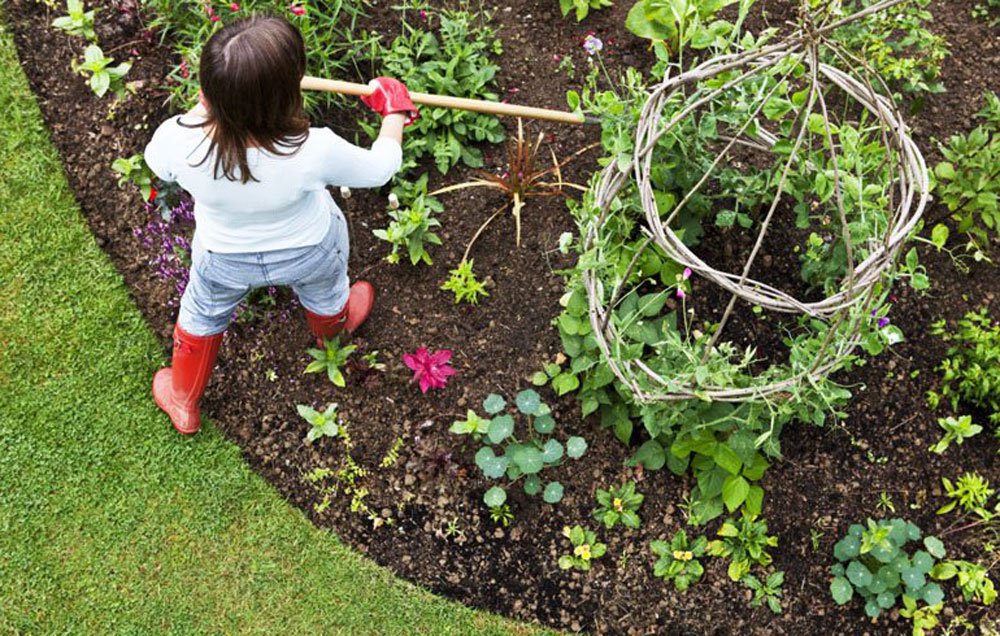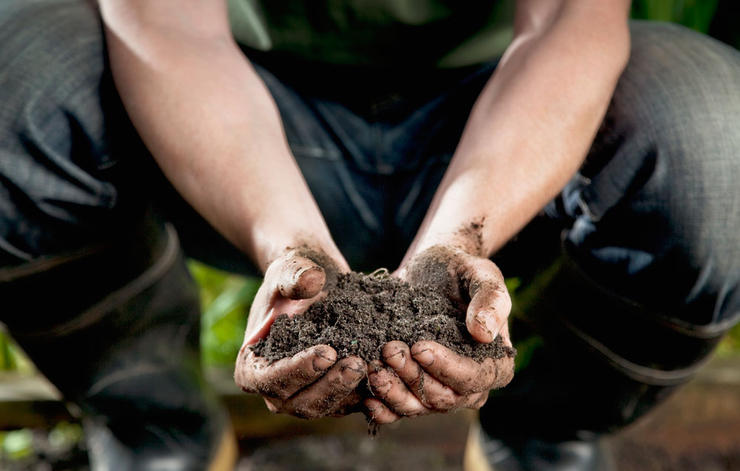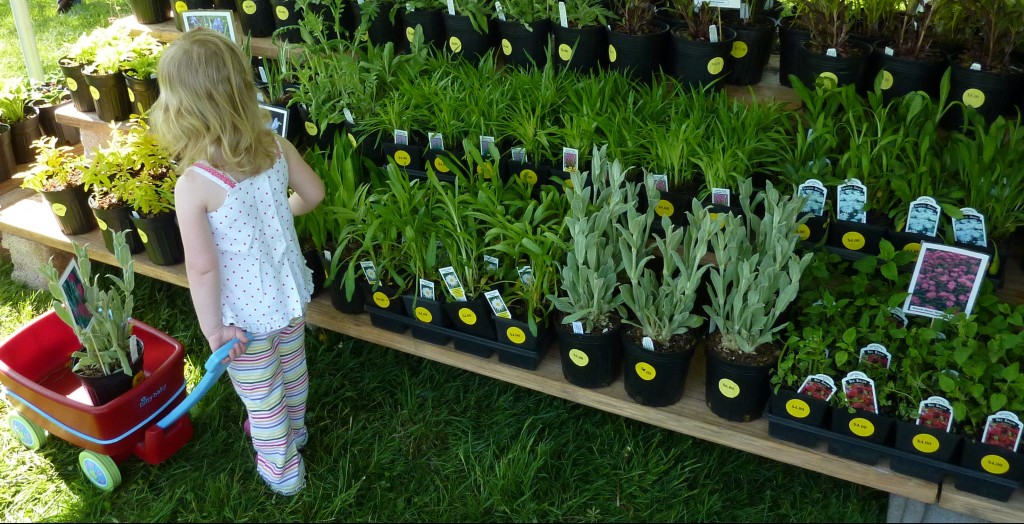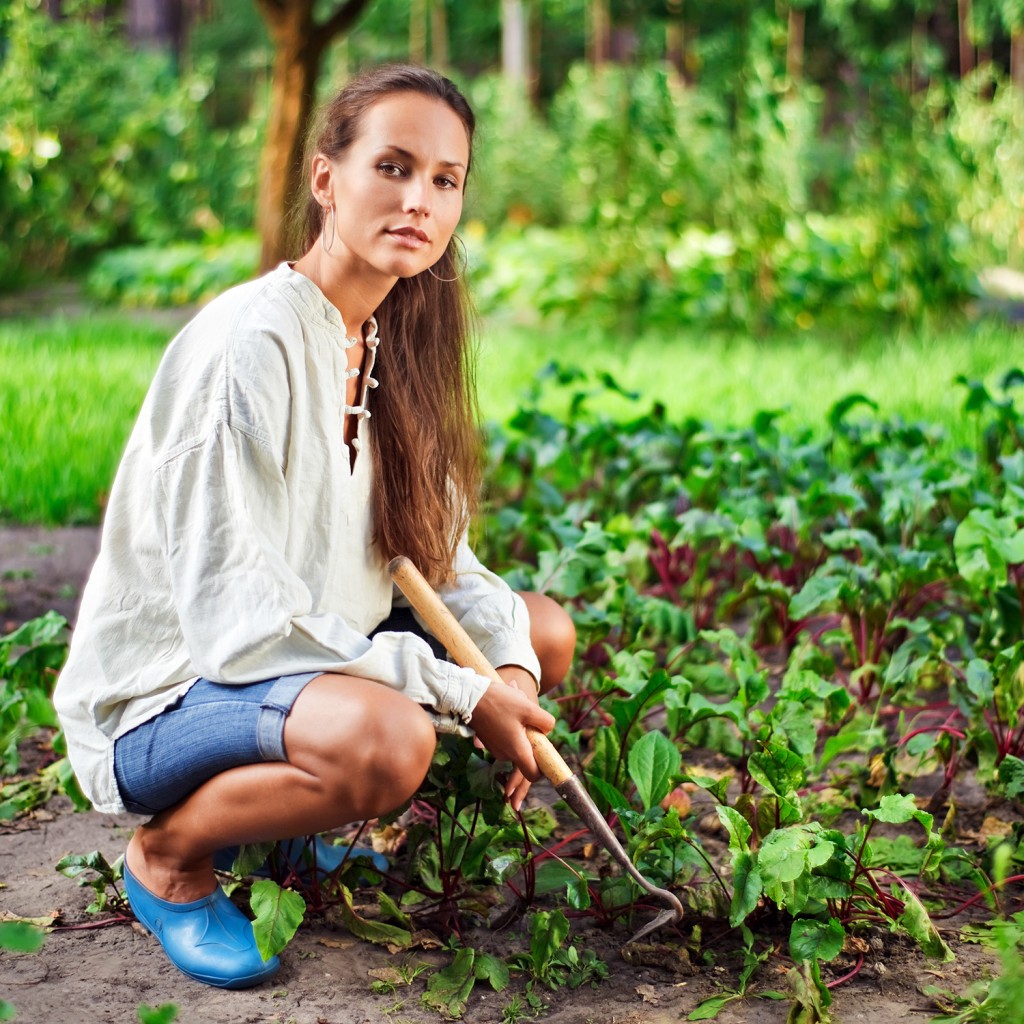How to Get off on the Right Foot With Gardening
Starting and maintaining a successful garden is not that difficult, and it doesn’t take a lot of knowledge or experience to hit the ground running. However, there are a few basic fundamentals to keep in mind no matter what kind of garden you are trying to grow. Let’s take a closer look at a few essential things that you can do in order to improve your chances of having a successful harvest in the fall.
Soil Quality is Everything
Some people are fortunate to be in an area that has a lot of nutrient-rich soil. Others need to create their own mix, which can often take years to mature and become established. There are a number of ways to build up good soil, from mulching and composting to using fertilizer or certain additives to infuse the ground with nutrients. No matter what you do to make your soil as productive as possible, it’s important that its characteristics also match the requirements of the crops that you want to grow.
Things like proper drainage, appropriate density, levels of acidity or pH, and a host of other factors will help you to determine how to create the ideal conditions for your crops to take root. Consequently, starting a successful garden involves a little bit of research and planning. However, making this investment in time now will pay big dividends later.
Appropriate Conditions
Once you have the right soil, the next trick is to make sure that you are choosing crops that grow best in your climate. While there are always exceptions, and you can usually get away with planting crops that are not an ideal match, the bulk of your garden should contain items that thrive in your local conditions. Fortunately, it’s usually pretty easy to find varieties that are designed to do just that. However, be prepared to adapt and compromise in terms of choosing crops that are more likely to succeed and produce high yields.
Active Management
Once you have your garden planted, it’s very important that you remain vigilant when it comes to tending it throughout the season. Pulling weeds, tilling soil, checking the health of plants, ensuring they receive enough water or shade are just a few examples of things that you will need to do on a consistent basis. You also want to be able to identify problems with insects, disease and other threats as early as possible in order to take prompt and decisive action.
Know Your Plants
Aside from learning about what crops will do well in your area, it’s also important to be mindful of other details regarding the needs of particular plants. Some examples include knowing when the best time to plant and harvest are, how much water they need, whether or not seedlings should be grown indoors and how far apart to space plants apart.
Finally, it’s important to be patient and expect to make mistakes. Try to start with hearty, resilient crops that are easy to grow before moving on to more challenging or delicate items. As you become more experienced, you will have a better sense of how to customize your garden in order to meet your needs and expectations. However, now is the time to get started, because the sooner you go down this path, the sooner you’ll be on the road to achieving greater self-sufficiency.




